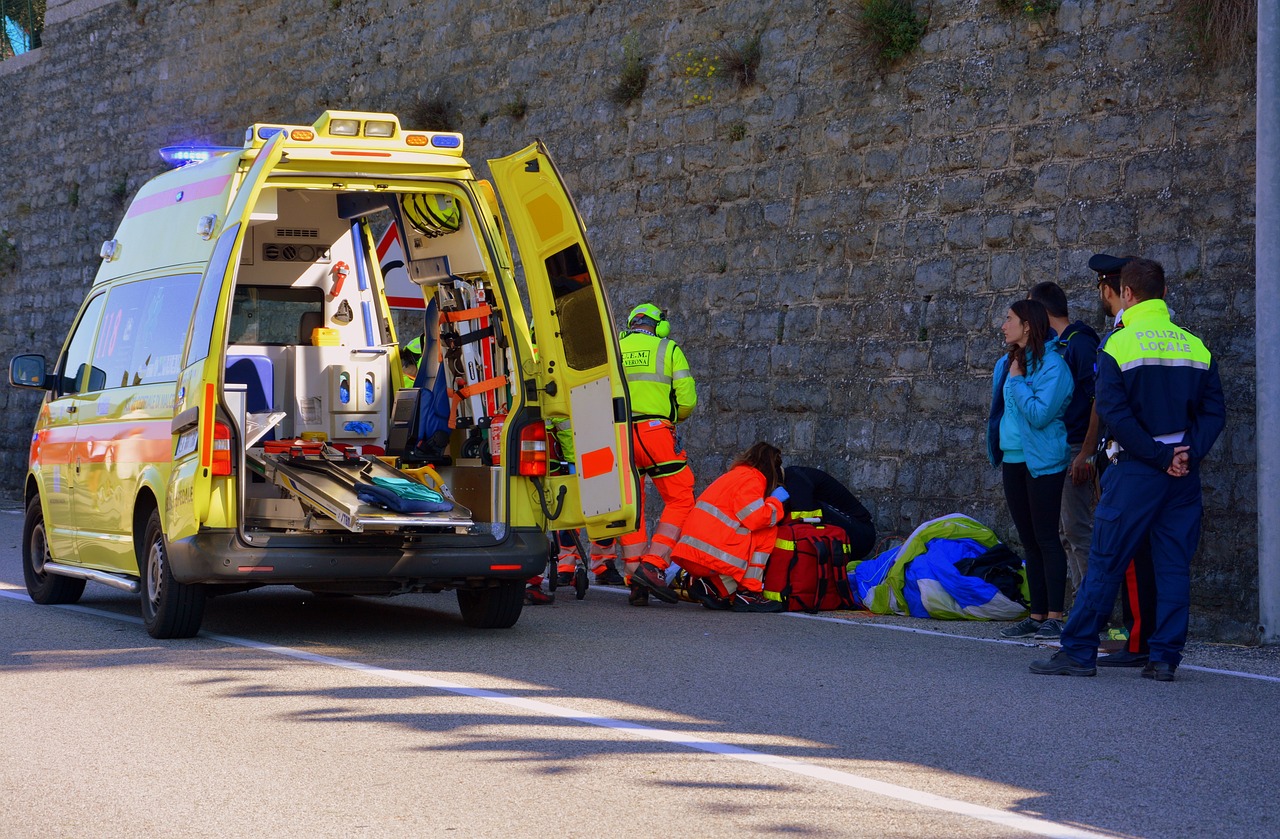Individually, both drug overdose and suicide remain serious public health concerns. From 2019-2020, drug overdose deaths rose by 31%, from 21.6 per 100,000 to 28.3 per 100,000, according to the Centers for Disease Control and Prevention (CDC). Additionally, according to recent CDC data, suicide rates increased from 13.5 per 100,000 to 14 per 100,000 from 2020-2021.
Risk factors for drug overdose
Because of the connection between suicide and drug overdose deaths, it is helpful to examine the factors that may put someone at risk for an intentional overdose. Gaining a deeper and more nuanced understanding of intentional overdose risk factors can allow for better prevention, treatment and community care.
Factors That May Increase Intentional Overdose Risk A recent study highlighted by the National Institutes of Health (NIH) found that, in recent years, intentional overdose deaths have increased in certain populations despite declining overall. The populations that experienced increases were young people ages 15-24, older adults ages 75-84, and non-Hispanic Black women.
The study also found that intentional overdose deaths were more likely to occur on Mondays and least likely to occur on Fridays, Saturdays and Sundays. Additionally, the researchers discovered that there were lower rates of intentional overdose in December and higher rates in late spring and summer.
Implications of overdose
These results have important implications for how behavioral healthcare providers can better assess and screen for suicide risk as well as provide effective, tailored services for people who may be in need.
“The risk of intentional overdoses, and suicide risk in general, is not static,” study author Emily Einstein, Ph.D., explained in the article. “This is crucial for clinicians to keep in mind, as they may need to assess patients’ suicide risk frequently rather than at one point in time.”
Some researchers have also questioned whether comparing the lethality of intentional overdoses could help inform prevention and treatment efforts. In one study, researchers found that opioids were involved in 33.3%-47.8% of intentional overdose cases that were fatal and that opioid-involved overdoses had the highest fatality rate, at 4.5%-9.5%.
The importance of research & prevention efforts
Intentional overdose deaths make up a relatively small proportion of drug overdose deaths overall — about 5%-7%, according to the article from NIH. But these numbers are likely to be an underestimate because the intent behind an overdose death is often difficult to determine.
A wide range of behavioral health disorders may put people at risk for intentional overdoses. Multiple substance use disorders and mental health conditions are associated with higher suicide risk, and many people struggle with both types of concerns at the same time.
Additionally, when someone is suffering from an addiction or mental health disorder, the line between suicidal intent and risk-taking or unsafe behavior due to the presence of severe mental health symptoms may sometimes be hard to distinguish. In all cases, the abuse of substances and the presence of risk factors for suicide should be taken very seriously.
Comprehensive approaches for prevention & treatment
Recognizing the connections between overdose and suicide risk, the Association of State and Territorial Health Officials has devised a shared approach for suicide and overdose prevention. This approach:
· Acknowledges that suicide and drug overdose share similar risk and protective factors
· Aims to help reduce stigma around mental illness and addiction
· Advocates for involving multiple community stakeholders as well as representatives from communities that are at risk in prevention efforts
· Supports increasing positive resources for communities, including increasing economic supports, providing quality behavioral healthcare services and enhancing access to education
Additional efforts to combat intentional overdoses may include:
· Developing targeted interventions and programs for populations who may be at risk
· Providing access to comprehensive care options, including integrated treatment programs that can support people who have a dual diagnosis of a mental health concern and an addiction
· Expanding suicide risk screenings to include people who are struggling with addictions and who have access to high-risk medications like opioids
Lastly, it may be important to remember that resilience — at the personal, family and community levels — as well as protective factors such as social support, cultural identity and connections to community can also make a meaningful difference. Preventing intentional overdoses can and should be a holistic endeavor.
If you are experiencing thoughts of suicide, please call 911 or contact the 988 Suicide & Crisis Lifeline (formerly known as the National Suicide Prevention Lifeline) by texting or dialing 988.
About Sierra Tucson
Sierra Tucson is a nationally recognized provider of residential and outpatient treatment for adults who are struggling with addictions, trauma, chronic pain, mood and anxiety disorders, and co-occurring conditions. Located on 160 acres in Tucson, Arizona, the campus offers a serene environment to focus on healing and recovery. Treatment options at Sierra Tucson include inpatient treatment, residential care, partial hospitalization programming, intensive outpatient programming and detoxification services. For more information, please visit www.sierratucson.com.








2 Comments
where can a person who has a drug addiction who is contemplating suicide get help
I feel as if my life is over I have no significate other and there is nothing to keep me living because I just keep screwing up everything. I don’t have anyone that has any type of concerns about me. I have people that say they care yet they appear it is because of their job. I have decided to just give up and be done with things because I’ve grown to the point that there is really nothing to live for. As the little boy said, “GOOD BYE world I’m thru